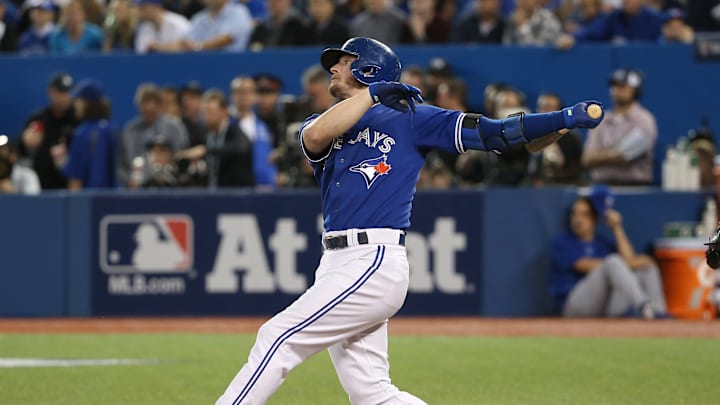The history of third basemen for the Toronto Blue Jays includes MVPs, slick-fielding Gold Glovers, unlikely postseason heroes, and aggressive, hard-nosed warriors.
Since the Blue Jays’ inception in 1977, 116 players have started at least one game at the hot corner. So who was the best?
In ranking the top five third basemen in Blue Jays history, only those who spent most of their career in Toronto at the position were considered. Some, such as Vladimir Guerrero Jr. and Tony Fernandez, appeared at third for the Blue Jays but had their best years for the franchise at other positions. Others, including Scott Rolen and Troy Glaus, had productive careers elsewhere before coming to Toronto; they, too, were excluded.
Matt Chapman, who joined the Blue Jays in 2022 and will be with the club for at least another season, enjoyed a solid first year with 27 home runs while living up to his reputation as a vacuum at the position. He could wind up on this list in the future, but his short stint with the franchise precluded his inclusion this time.
That leaves five players, each of whom made a mark on the Blue Jays in their own way. They set franchise records, led the club to championships, and won awards. They are the best of the best among a long list of players who’ve passed through in the last 45 years.
Here are the five best third basemen in Blue Jays' history.
